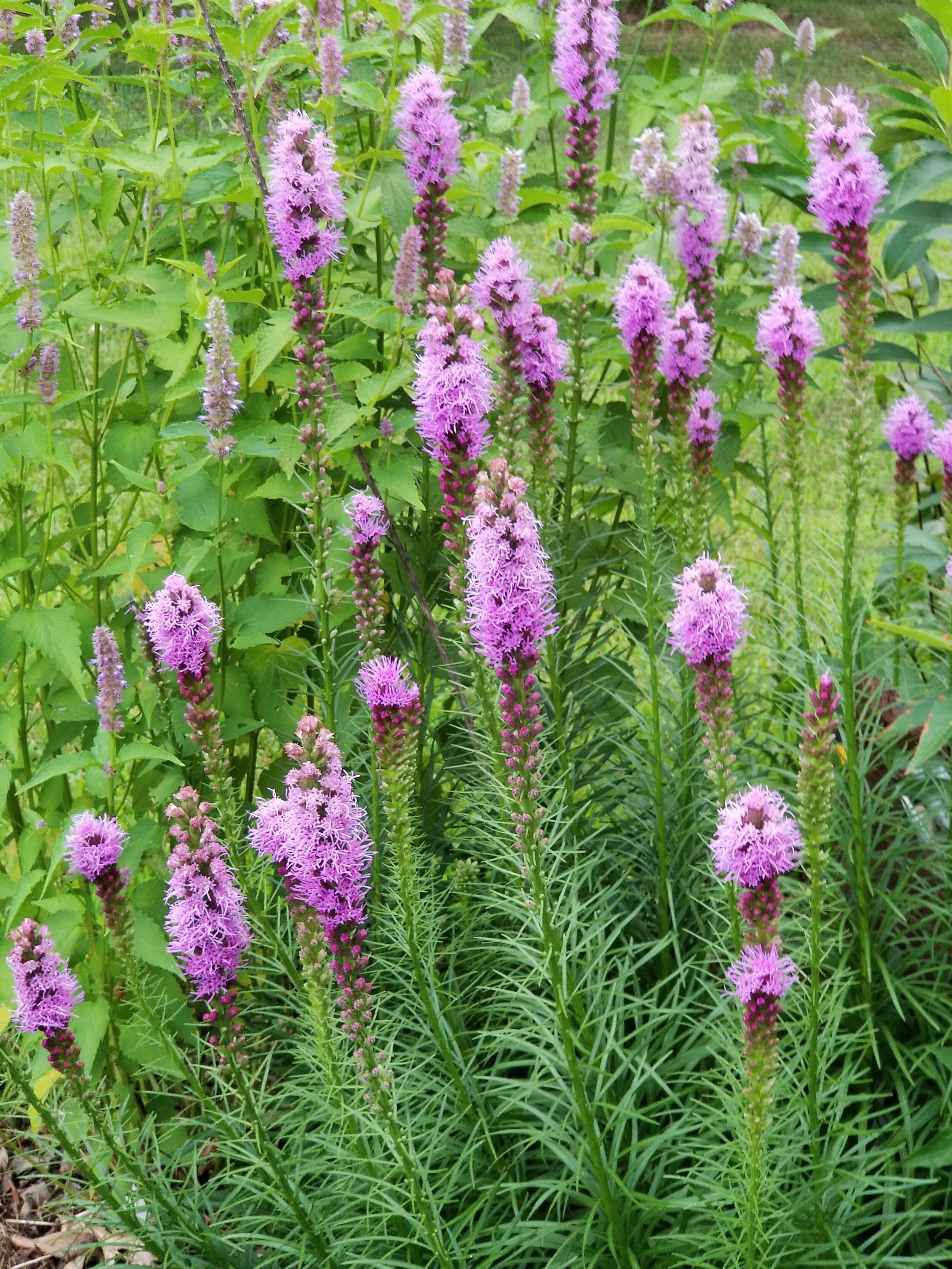Plants for Tough Sites
By Nanette Morgan, Anoka County Master Gardener
Do you have places in your landscape where you just can’t get anything to grow? Have you tried planting things that work great in other people’s yards, but when you try to grow them, they languish and die a slow death? We all have areas that offer challenges; the secret to success is picking appropriate plants for your site.
One of the fundamental principles of successful gardening is to understand your soil, so the first thing you should do is get your soil tested. The University of Minnesota Soil Testing Laboratory offers lawn and garden soil testing for $17; visit their web page for details.
Here are some common tough sites found in Anoka County, and recommendations for plants that not only survive but can thrive there.
Alkaline Soil: If your soil has a pH of 7 or greater, it is considered alkaline. There are many plants that will grow in this soil. However, if you had your heart set on a blueberry patch, you will be disappointed. Here are some great plants for alkaline soil:
Native grasses such as prairie dropseed
Flowering shrubs such as panicle hydrangeas
Perennials such as clematis, yarrow, coral bells, hosta and phlox
Boulevard Gardens: Boulevards offer a challenge because they usually have poor, dry soil and receive winter salt spray. Most people grow turf here, but a garden is possible if you select plants that can handle these conditions and that meet your local ordinances regarding plant height. Here are some suggested plants for boulevards:
Pollinator-friendly perennials like Russian sage, blazing star, bee balm and stonecrop sedum
Small trees and shrubs such as American smoke tree, common witch hazel, and Minnesota native tree blue beech
Clay Soil: In Anoka County, clay soil is mainly found in areas near the Mississippi River. Clay soil is not a great choice for plants that require good drainage. Some appropriate options include:
Pollinator plants such as columbine, which tolerates part shade, and sun-lovers such as purple coneflower and blazing star
Native grass little bluestem, which provides architectural interest, and fellow native cup plant, which collects water in its leaves and is a great source of food, water and cover for birds
Deer-Resistant Plants: Maybe you have deer visiting your yard and eating lunch at your expense. Fortunately, there are many deer-resistant plants for a variety of soils and sun exposures. They include:
Flowering perennials such as yarrow, Russian sage, columbine, coneflowers and peonies, along with New England aster, which provides late summer color and pollinator food
Tough annuals such as heliotrope and sweet alyssum, which doubles as an edging plant
These are just a few of the plants you could try growing in your tough sites. Remember that part of the gardening experience is learning by trial and error, and keeping a planting log will help. If your plant doesn’t perform, you can always dig it up and try it elsewhere!
Get advice from Anoka County Master Gardeners: anokamastergardeners.org.

